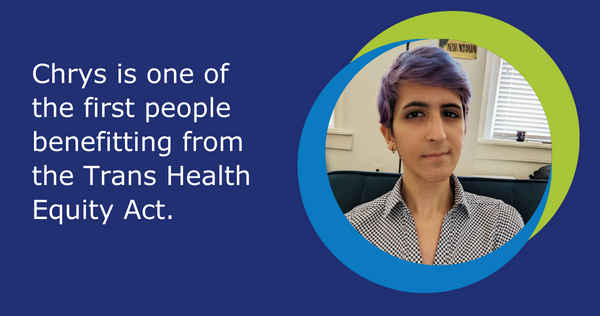
Did you have pro bono experience before volunteering with Disability Rights Maryland (DRM)?
My pro bono work began in 1982. I represented a Black man on death row in Mississippi for over twenty years. Ultimately, he was removed from death row because he had a significant intellectual disability. In 2004, I represented a second death row inmate, this time in Virginia, until her execution in 2010. In the early 1990s, I began volunteering with the Washington Legal Clinic for the Homeless (WLCH), a nonprofit that addresses the deficiency in legal resources in Washington D.C. for persons experiencing homelessness. I still provide legal representation to persons experiencing homelessness, or who are at risk of homelessness, as a volunteer attorney with WLCH.
Why did you choose to volunteer with DRM?
In my work with WLCH, I had handled several Social Security Administration (SSA) disability cases, including at least one overpayment. When Steptoe’s Pro Bono Counsel advised that DRM was searching for volunteer attorneys, I happily agreed to take the case, along with my colleague Emily Tifft.
Can you share a memorable experience from your pro bono work with DRM that had a significant impact on you or your client?
While Emily and I believed we had strong grounds to reverse the overpayment decision, after the hearing, we were concerned that we might receive another negative decision from the Administrative Law Judge (ALJ), which we would then need to appeal. I was in the office on a Sunday in April 2024 for other reasons and found the ALJ’s “fully favorable” decision in my mail slot. I immediately called the client, shared the news, and shared her joy in having a huge burden lifted from her after having fought the overpayment decision for almost 9 years, first with the assistance of DRM and later Steptoe. Our client was committed and strong throughout this ordeal. She fought for justice and was rewarded.
How do you feel your pro bono work has made a difference?
Assisting our pro bono clients to stand strong, push back against injustice, and insist on their rights is immensely important, not only to the clients, but to our system of justice and the rule of law. Pro Bono representation will often have an immeasurable impact on the clients’ daily lives, but equally important, it also supports stability in our communities, both local and national, and respect for the rule of law.
What would you say to others who are considering volunteering with or supporting DRM?
Pro bono work is not an option. It should be on the agenda of every attorney. It is our commitment to our community, to the profession that we serve, and to the rule of law in our country. Attorneys are critical components of our system of justice, writ large, and we must function for all members of the community, including those without resources to afford an attorney.
More about James’s legal background
I graduated from Georgetown University Law Center in 1975. After clerking on the United States District Court for the District of Columbia, I joined Miller, Cassidy, Larroca & Lewin, a boutique law firm in Washington, D.C., specializing in high-profile white-collar criminal and civil litigation. In 2001, MCLL became part of Baker Botts, LLP. In April 2004, I moved to Steptoe & Johnson LLP (now Steptoe LLP). My career has focused at different times on white-collar defense and major civil litigation, particularly major insurance coverage litigation. I no longer do billable work but remain at Steptoe as a Senior Counsel. My time is now fully devoted to pro bono cases and to my Board work. I serve as Board president for the Washington Legal Clinic for the Homeless (WLCH), Secretary of the DC Access to Justice Foundation, and president of the Historical Society of the D.C. Circuit.
Learn more on Steptoe’s website (link opens to external webpage).










